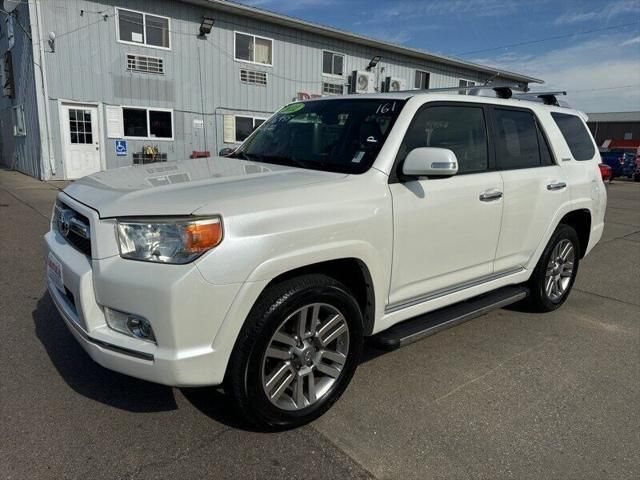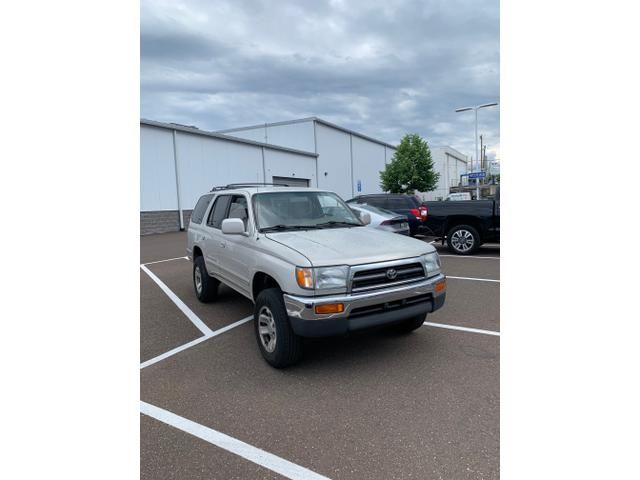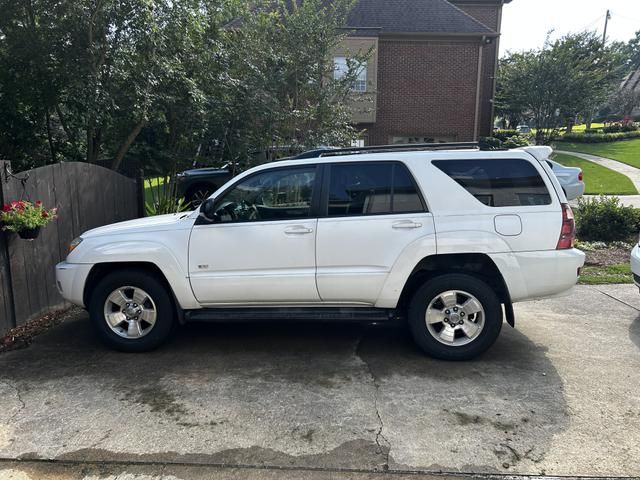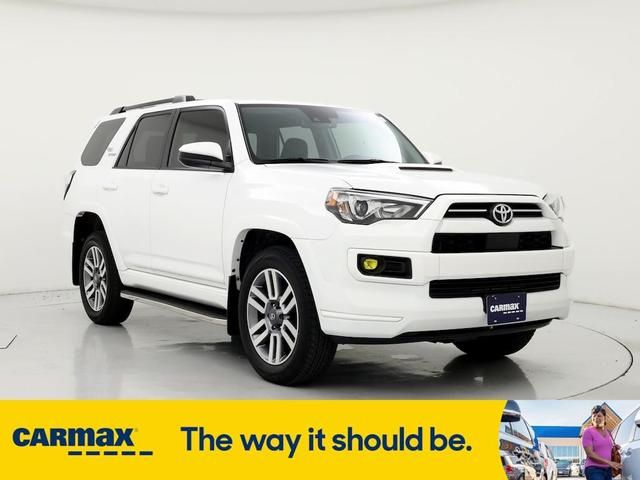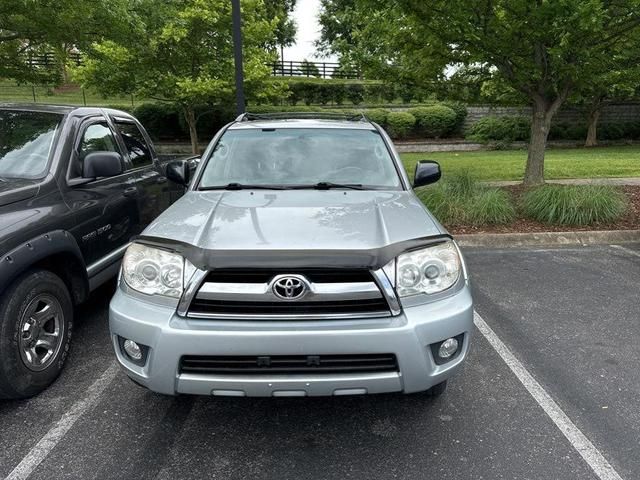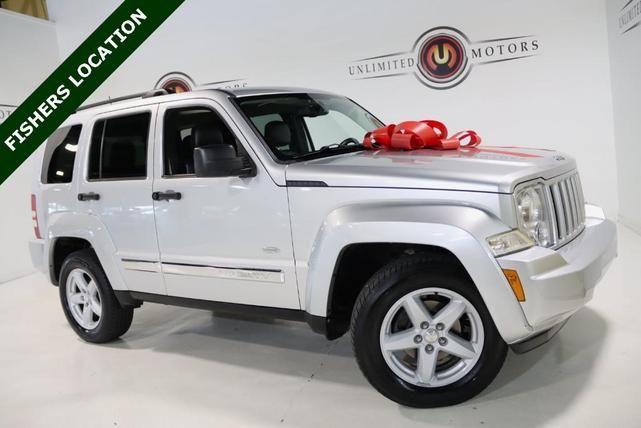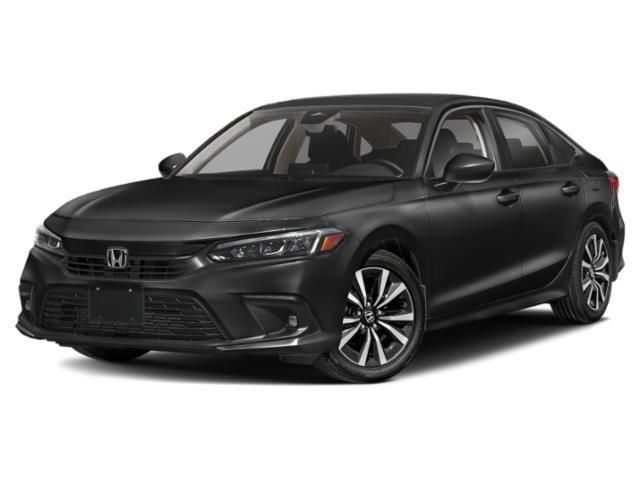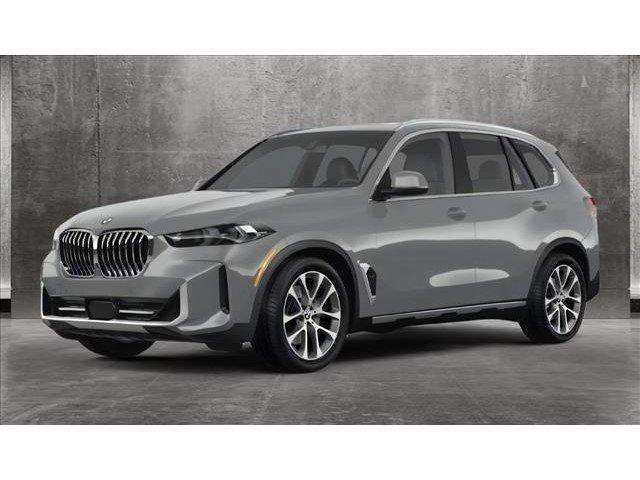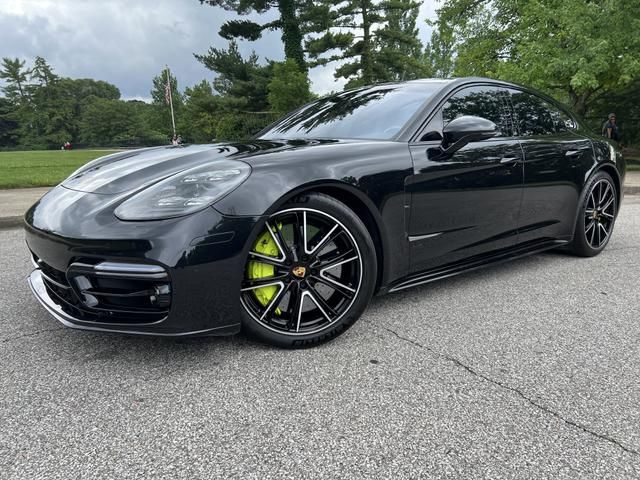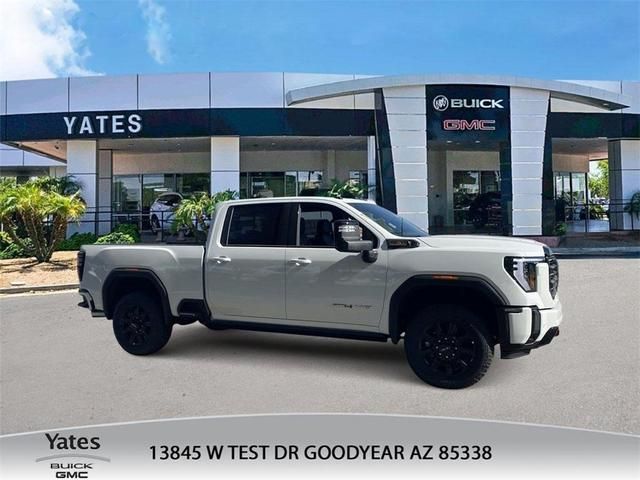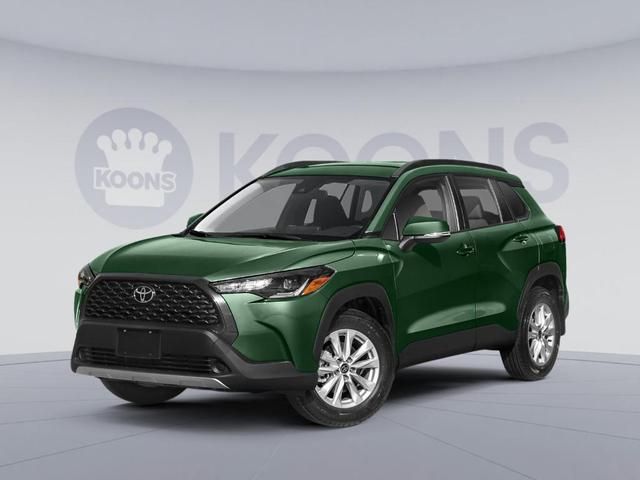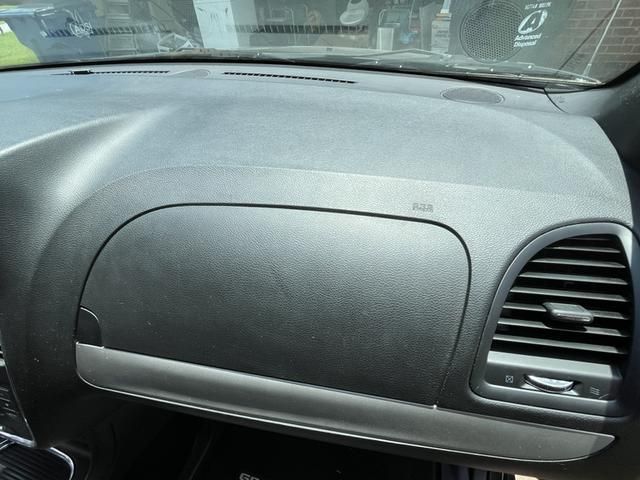
2024 TOYOTA 4RUNNERVIN: JTENU5JR1R6267612
Historical Records
Damage to right rear
Damage to rear
Vehicle involved in a sideswipe collision with another motor vehicle
Airbag deployed
Vandalism damage reported
Damage to front
| Year | 2024 |
| ODO | 651 mi |
| Seller | Hidden text (Hidden text) |
| MSRP | $6153 |
| Location | North Brunswick, NJ, 08902 |
| Date | appeared 23 days ago latest price $2148 sale post disappeared 2021-07-17 |
| Sale Website Type | classifieds |
| Notes | |
| Hidden text | |



| Body Style | SUV |
| Color | Midnight Black Metallic |
| Color (Interior) | Black/Graphite |
| Transmission | Automatic |
| Engine | 4L V-6 DOHC, VVT-i variable valve control, regular unleaded, eng |
| Drive | Four-wheel Drive |
| Fuel Type | Gasoline |
- 5763
- A/C
- Hidden text
- All-in-one key All-in-one remote fob and ignition key
- Hidden text
- Armrests rear Rear seat center armrest
- Hidden text
- Backup camera
- Hidden text
- Bodyside insert Chrome bodyside insert
- Hidden text
- Cargo tie downs Cargo area tie downs
- Hidden text
- Cruise Control
- Hidden text
- Door mirror style Body-colored door mirrors
- Hidden text
- Driver Foot Rest
- Hidden text
- Engine Immobilizer
- Hidden text
- Floor console storage Covered floor console storage
- Hidden text
- Forward collision warning Toyota Safety Sense P (TSS-P) forward collision mi...
- Hidden text
- Front seat upholstery SofTex leatherette front seat upholstery
- Hidden text
- Grille style Grille with body-colored bar
- Hidden text
- Heated front seats Heated driver and front passenger seats
- Hidden text
- Immobilizer
- Hidden text
- Keyless Entry
- Hidden text
- Low level warnings Low level warning for fuel and brake fluid
- Hidden text
- Number of first-row LCD screens 1 total number of 1st row displays
- Hidden text
- Panel insert Metal-look instrument panel insert
- 2481
- 5-Speed A/T
- Hidden text
- Air conditioning Yes
- Hidden text
- Armrests front center Front seat center armrest
- Hidden text
- Back-Up Camera
- Hidden text
- Body panels Fully galvanized steel body panels with side impact beams
- Hidden text
- Cargo light Cargo area light
- Hidden text
- Cross-Traffic Alert
- Hidden text
- Door locks Power door locks with 2 stage unlocking
- Hidden text
- Driver Vanity Mirror
- Hidden text
- Engine Cylinders V6
- Hidden text
- Floor console Full floor console
- Hidden text
- Fore and aft second-row seat Second-row seats with manual fore and aft
- Hidden text
- Front reading lights
- Hidden text
- Glove box Locking glove box
- Hidden text
- Heated door mirrors Heated driver and passenger side door mirrors
- Hidden text
- Illuminated ignition switch
- Hidden text
- Keyfob door locks Keyfob activated door locks
- Hidden text
- Locking hub control Auto locking hub control
- Hidden text
- Number of doors 4 doors
- Hidden text
- Paint Metallic paint
- Hidden text
- Perimeter approach lighting Remote activated perimeter approach lighting
- Hidden text
- Powertrain warranty 60 month/60,000 miles
- Hidden text
- Rear Spoiler
- Hidden text
- Rear head restraints Height adjustable rear seat head restraints
- Hidden text
- Rear window trim Black rear window trim
- Hidden text
- Running Boards/Side Steps
- Hidden text
- Security System
- Hidden text
- Spare tire Full-size spare tire with steel wheel
- Hidden text
- Stability Control
- Hidden text
- Sunroof/Moonroof
- Hidden text
- Temperature display Exterior temperature display
- Hidden text
- Tow Hooks
- Hidden text
- TRANSMISSION 5-SPEED AUTOMATIC
- Hidden text
- Turn signal in door mirrors Turn signal indicator in door mirrors
- Hidden text
- Ventilated brakes Front and rear ventilated disc brakes
- Hidden text
- Wheels 17 x 7-inch front and rear black aluminum wheels
- Hidden text
- 12V power outlets 5 12V power outlets
- 1708
- ABS Brakes Four channel ABS brakes
- Hidden text
- Android Auto
- Hidden text
- Auto high-beam headlights Automatic High Beams (AHB) auto high-beam headligh...
- Hidden text
- Battery type Lead acid battery
- Hidden text
- Brake type 4-wheel disc brakes
- Hidden text
- Climate control Manual climate control
- Hidden text
- Day/night rearview mirror
- Hidden text
- Door panel insert Metal-look door panel insert
- Hidden text
- Driver seat direction Driver seat with 8-way directional controls
- Hidden text
- Engine block material Aluminum engine block
- Hidden text
- Fob engine controls Smart key with hands-free access and push button start
- Hidden text
- Front Side Air Bag
- Hidden text
- Front side impact airbag passenger Seat mounted side impact front passenger ...
- Hidden text
- Headlights LED low and high beam headlights
- Hidden text
- Height adjustable seatbelts Front height adjustable seatbelts
- Hidden text
- Integrated navigation Integrated navigation system with voice activation
- Hidden text
- LCD primary display size 8 inch primary LCD display
- Hidden text
- Maintenance warranty 24 month/25,000 miles
- Hidden text
- One-touch down window Front and rear one-touch down windows
- Hidden text
- Passenger Illuminated Visor Mirror
- Hidden text
- Power Passenger Seat
- Hidden text
- Radio AM/FM/digital/SiriusXMsatellite
- Hidden text
- Rear camera Panoramic View Monitor rear mounted camera
- Hidden text
- Rear seat upholstery SofTex leatherette rear seat upholstery
- Hidden text
- Reclining rear seats Manual reclining rear seats
- Hidden text
- Satellite trial 3 month satellite trial subscription
- Hidden text
- Service interval warning Service interval indicator
- Hidden text
- Special paint Monotone paint
- Hidden text
- Steering type Rack-pinion steering
- Hidden text
- Suspension type front Double wishbone front suspension
- Hidden text
- Tinted windows Deep tinted windows
- Hidden text
- Towing hitch Trailer hitch
- Hidden text
- Transmission Oil Cooler
- Hidden text
- Universal Garage Door Opener
- Hidden text
- Visor illuminated passenger mirror Illuminated passenger visor mirror
- Hidden text
- Windshield trim Black windshield trim
- 4984
- ABS
- Hidden text
- Alternator Type Alternator
- Hidden text
- Auto door locks Auto-locking doors
- Hidden text
- Basic warranty 36 month/36,000 miles
- Hidden text
- Brake Assist
- Hidden text
- Child Safety Locks
- Hidden text
- Cruise control Cruise control with steering wheel mounted controls
- Hidden text
- Door mirror type Standard style side mirrors
- Hidden text
- Driver Information Center
- Hidden text
- Engine Location Front mounted engine
- Hidden text
- Floor coverage Full floor coverage
- Hidden text
- Four Wheel Drive
- Hidden text
- Front seatback upholstery Leatherette front seatback upholstery
- Hidden text
- Handsfree Bluetooth handsfree wireless device connectivity
- Hidden text
- Heated Steering Wheel
- Hidden text
- Instrumentation display Analog instrumentation display
- Hidden text
- Keyless Start
- Hidden text
- Low Tire Pressure Warning
- Hidden text
- Occupancy sensor Airbag occupancy sensor
- Hidden text
- Pass-Through Rear Seat
- Hidden text
- Power Driver Seat
- Hidden text
- Privacy Glass
- Hidden text
- Rear bench seats Split-bench rear seat
- Hidden text
- Rear seat direction Front facing rear seat
- Hidden text
- Rear windshield wipers Fixed interval rear windshield wipers
- Hidden text
- Running lights Daytime running lights
- Hidden text
- Seek scan
- Hidden text
- Speakers Standard grade speakers
- Hidden text
- Steering Wheel Audio Controls
- Hidden text
- Suspension ride type front Independent front suspension
- Hidden text
- Third-row seat fixed or removable Fixed third-row seats
- Hidden text
- Towing capability Trailer towing capability
- Hidden text
- Transmission Electronic Control
- Hidden text
- USB Port
- Hidden text
- Visor driver mirror Driver visor mirror
- Hidden text
- WiFi Hotspot
- 5973
- 4.0L DOHC 24-valve V6 engine
- Hidden text
- Adaptive cruise control Dynamic Radar Cruise Control (DRCC)
- Hidden text
- Anti-roll bar rear Rear anti-roll bar
- Hidden text
- Aux input jack Auxiliary input jack
- Hidden text
- Blind spot Blind Spot Monitor (BSM)
- Hidden text
- Cabin air filter
- Hidden text
- Conventional Spare Tire
- Hidden text
- Door bins rear Rear door bins
- Hidden text
- Driver Air Bag
- Hidden text
- Emissions tiers Tier 3 Bin 70 emissions
- Hidden text
- First-row sunroof First-row sliding and tilting glass sunroof with express o...
- Hidden text
- Folding door mirrors Manual folding door mirrors
- Hidden text
- Front impact airbag driver Driver front impact airbag
- Hidden text
- Gasoline Fuel
- Hidden text
- Heated Seats
- Hidden text
- Ignition Spark ignition system
- Hidden text
- Internet access Wi-Fi Connect with up to 2GB within 3-month trial mobile hot...
- Hidden text
- Leather Steering Wheel
- Hidden text
- Number of beverage holders 10 beverage holders
- Hidden text
- Overhead console Mini overhead console
- Hidden text
- Passenger seat direction Front passenger seat with 4-way directional control...
- Hidden text
- Power passenger seat controls Passenger seat power reclining and fore/aft co...
- Hidden text
- Rear Defrost
- Hidden text
- Rear head restraint control 3 rear seat head restraints
- Hidden text
- Rear under seat ducts Rear under seat climate control ducts
- Hidden text
- Roof Rack
- Hidden text
- seating capacity 5
- Hidden text
- Smart device integration Apple CarPlay/Android Auto smart device mirroring
- Hidden text
- Springs front Front coil springs
- Hidden text
- Steering wheel tilt Manual tilting steering wheel
- Hidden text
- Tailpipe Stainless steel single exhaust
- Hidden text
- Tires P265/70SR17 AS BSW front and rear tires
- Hidden text
- Trailer Hitch
- Hidden text
- Trip odometer
- Hidden text
- Variable panel light Variable instrument panel light
- Hidden text
- WiFi Hotspot
- Hidden text
- Passenger doors rear left Conventional left rear passenger door
- Hidden text
- Power Windows
- Hidden text
- Real time weather Real-time weather
- Hidden text
- Rear collision warning Rear Cross-Traffic Alert (RCTA) collision warning
- Hidden text
- Rear seats fixed or removable Fixed rear seats
- Hidden text
- Roadside warranty 24 month/unlimited
- Hidden text
- Seatbelt pretensioners Front seatbelt pretensioners
- Hidden text
- Skid plate 3 underbody skid plates
- Hidden text
- Split front seats Bucket front seats
- Hidden text
- Steering wheel material Leather steering wheel
- Hidden text
- Tachometer
- Hidden text
- Tires - Front All-Season
- Hidden text
- Traction Control
- Hidden text
- Trip Computer
- Hidden text
- Valet key
- Hidden text
- Visor passenger mirror Passenger visor mirror
- Hidden text
- Wireless streaming Bluetooth wireless audio streaming
Model Analytics & Market Report
Depreciation
| Year | Average Mileage | Average Price | % Left | % Lost | ||
|---|---|---|---|---|---|---|
| 2024 MSRP | 0 mi | $41,860 | — | — | 100% | 0% |
| 2024 | 11,477 mi | $49,900 | −$8,040 | −19.21% | 119.21% | -19.21% |
| 2025 | 22,954 mi | $42,595 | +$7,305 | +14.64% | 101.76% | -1.76% |
| 2026 | 34,431 mi | $39,936 | +$2,659 | +6.24% | 95.4% | 4.6% |
| 2027 | 45,908 mi | $38,995 | +$941 | +2.36% | 93.16% | 6.84% |
| 2028 | 57,385 mi | $37,931 | +$1,064 | +2.73% | 90.61% | 9.39% |
| → Visit 2024 TOYOTA 4RUNNER depreciation page to see full data. | ||||||
Price vs Mileage
| Mileage | Average Price | Sample Size |
|---|---|---|
| 0 mi | $50,000 | 173 sales |
| 5,000 mi | $49,500 | 175 sales |
| 10,000 mi | $49,599 | 43 sales |
| → Visit 2024 TOYOTA 4RUNNER depreciation page to see full data. | ||
VIN Decoder — 61 records
Anti-lock Braking System (ABS) means a portion of a service brake system that automatically controls the degree of rotational wheel slip during braking by: (1) Sensing the rate of angular rotation of the wheels; (2) Transmitting signals regarding the rate of wheel angular rotation to one or more controlling devices that interpret those signals and generate responsive controlling output signals; and (3) Transmitting those controlling signals to one or more modulator devices that adjust brake actuating forces in response to those signals.
An auto-reverse system enables power windows and sunroofs on motor vehicles to automatically reverse direction when such power windows and panels detect an obstruction. This feature can prevent children and others from being trapped, injured, or killed by the power windows and sunroofs.
ESC is a computerized technology that improves a vehicle's stability by detecting and reducing loss of traction (skidding). When ESC detects loss of steering control, it automatically applies the brakes to help steer the vehicle in the driver's intended direction. Braking is automatically applied to wheels individually, such as the outer front wheel to counter oversteer, or the inner rear wheel to counter understeer. Some ESC systems also reduce engine power until control is regained.
An EDR is a device installed in motor vehicles to record technical vehicle and occupant information for a brief period before, during, and after a triggering event, typically a crash or near-crash event. Sometimes referred to as "black-box" data, these data or event records can be valuable when analyzing and reconstructing crashes.
A keyless ignition system permits starting a car without a physical key being inserted into an ignition. Instead, a small device known as a "key fob" transmits a code to a computer in the vehicle when the fob is within a certain close range. When the coded signal matches the code embedded in the vehicle's computer, a number of systems within the car are activated, including the starter system. This allows the car to be started by simply pressing a button on the dashboard while the key fob is left in a pocket or a purse. The vehicle is usually shut down by pushing the same button.
When the traction control computer detects a driven wheel or wheels spinning significantly faster than another, it invokes an electronic control unit to apply brake friction to wheels spinning due to loss of traction. This braking action on slipping wheels will cause power transfer to the wheels with traction due to the mechanical action within the differential.
A backup camera, also known as a rearview video system, helps prevent back-over crashes and protects our most vulnerable people - children and senior citizens - by providing an image of the area behind the vehicle. A backup camera helps the driver see behind the vehicle while in reverse.
A CIB system is an automatic emergency braking system designed to detect an impending forward crash with another vehicle. CIB systems automatically apply the brakes in a crash imminent situation to slow or stop the vehicle, avoiding the crash or reducing its severity, if the driver does not brake in response to a forward collision alert.
A DBS system is an automatic emergency braking system designed to detect an impending forward crash with another vehicle. DBS systems automatically supplement the driver's braking in an effort to avoid a crash if the driver does not brake hard enough to avoid it.
An FCW system monitors a vehicle's speed, the speed of the vehicle in front of it, and the distance between the vehicles. If the vehicles get too close due to the speed of either vehicle, the FCW system will warn the driver of the rear vehicle of an impending crash so that the driver can apply the brakes or take evasive action, such as steering, to prevent a potential crash. FCW systems provide an audible, visual, or haptic warning, or any combination thereof, to alert the driver of an FCW-equipped vehicle of a potential collision.
BSW alerts drivers with an audio or visual warning if there are vehicles in adjacent lanes that the driver may not see when making a lane change.
An LDW system monitors lane markings and alerts the driver if their vehicle drifts out of their lane without a turn signal or any control input indicating the lane departure is intentional. An audio, visual or other alert warns the driver of the unintentional lane shift so the driver can steer the vehicle back into its lane.
An LKA system prevents a driver from unintentionally drifting out of the intended travel lane. LKA systems use information provided by Lane Departure Warning (LDW) system sensors to determine whether a vehicle is about to unintentionally move out of its lane of travel. If so, LKA activates and corrects the steering, brakes or accelerates one or more wheels, or does both, resulting in the vehicle returning to its intended lane of travel.
DRL is an automotive lighting system on the front of a vehicle or bicycle, that automatically switches on when the vehicle is in drive, and emits white, yellow, or amber light to increase the conspicuity of the vehicle during daylight conditions.
A headlamp light source provides a distribution of light designed to provide adequate forward and lateral illumination with limits on light directed towards the eyes of other road users, to control glare. This beam is intended for use whenever other vehicles are present ahead. Halogen, high-Intensity discharge (HID), light-emitting diode (LED), and laser are the most common headlights on the market.
A semi-automatic headlamp beam switching device provides automatic or manual control of beam switching at the option of the driver. When the control is automatic, the headlamps switch from the upper beam to the lower beam when illuminated by the headlamps on an approaching car and switch back to the upper beam when the road ahead is dark. When the control is manual, the driver may obtain either beam manually regardless of the condition of lights ahead of the vehicle.
Cooling type defines the cooling system used to control the engine temperature. It can be either air-cooled or water-cooled.
Engine displacement (in cubic centimeters) is the volume swept by all the pistons inside the cylinders of a reciprocating engine in a single movement from top dead center to bottom dead center.
Engine displacement (in cubic inches) is the volume swept by all the pistons inside the cylinders of a reciprocating engine in a single movement from top dead center to bottom dead center.
Engine displacement (in liters) is the volume swept by all the pistons inside the cylinders of a reciprocating engine in a single movement from top dead center to bottom dead center.
Engine brake is the horsepower (hp) at the engine output shaft. Engine Brake (hp) From is the lower value of the range.
Engine configuration defines how engine cylinders are arranged. Common values are V6 for V-shaped arrangement, I4 or L4 for in-line arrangement.
This is a numerical field to store the number of cylinders in an engine. Common values for passenger cars are 4 or 6.
Engine stroke cycle is a numerical field for the number of strokes used by an internal combustion engine to complete a power cycle.
Fuel type defines the fuel used to power the vehicle. For vehicles that have two power sources, such as plug-in hybrid vehicle, both primary fuel type and secondary fuel type will be provided.
Body Class presents the body type based on 49 CFR 565.12(b): "Body type means the general configuration or shape of a vehicle distinguished by such characteristics as the number of doors or windows, cargo-carrying features and the roofline (e.g., sedan, fastback, hatchback)." Definitions are not provided for individual body types in the regulation.
Gross vehicle weight rating (GVWR) is the maximum operating weight of a vehicle including the vehicle's chassis, body, engine, engine fluids, fuel, accessories, driver, passengers and cargo, but excluding that of the trailers. Per 49 CFR 565.15, Class 1 is further broken down to Class A-D; Class 2 is further broken down to Class E-H. This field captures the lower bound of GVWR range for the vehicle.
Per 49 CFR 565, Model means a name that a manufacturer applies to a family of vehicles of the same type, make, line, series and body type.
If the model year (MY) is supplied when the VIN is decoded, such as from a crash report or a vehicle registration record, the MY value will be the supplied MY, even if the MY decoded from the VIN differs from the supplied MY. If the MY is not supplied when the VIN is decoded, the MY value will be decoded from the 10th character in the VIN.
This data element captures the city of the manufacturing plant where the manufacturer affixes the VIN.
This data element captures the name of the company that owns the manufacturing plant where the manufacturer affixes the VIN.
This data element captures the country of the manufacturing plant where the manufacturer affixes the VIN.
This data element captures the State or Province name within the Plant Country of the manufacturing plant where the manufacturer affixes the VIN.
Per 49 CFR 565, Series means a name that a manufacturer applies to a subdivision of a "line" denoting price, size or weight identification and that is used by the manufacturer for marketing purposes.
This field captures the location of curtain air bags. Curtain air bags are side air bags that protect the head.
This field captures the location of frontal air bags. Frontal air bags are generally designed to deploy in "moderate to severe" frontal or near-frontal crashes.




